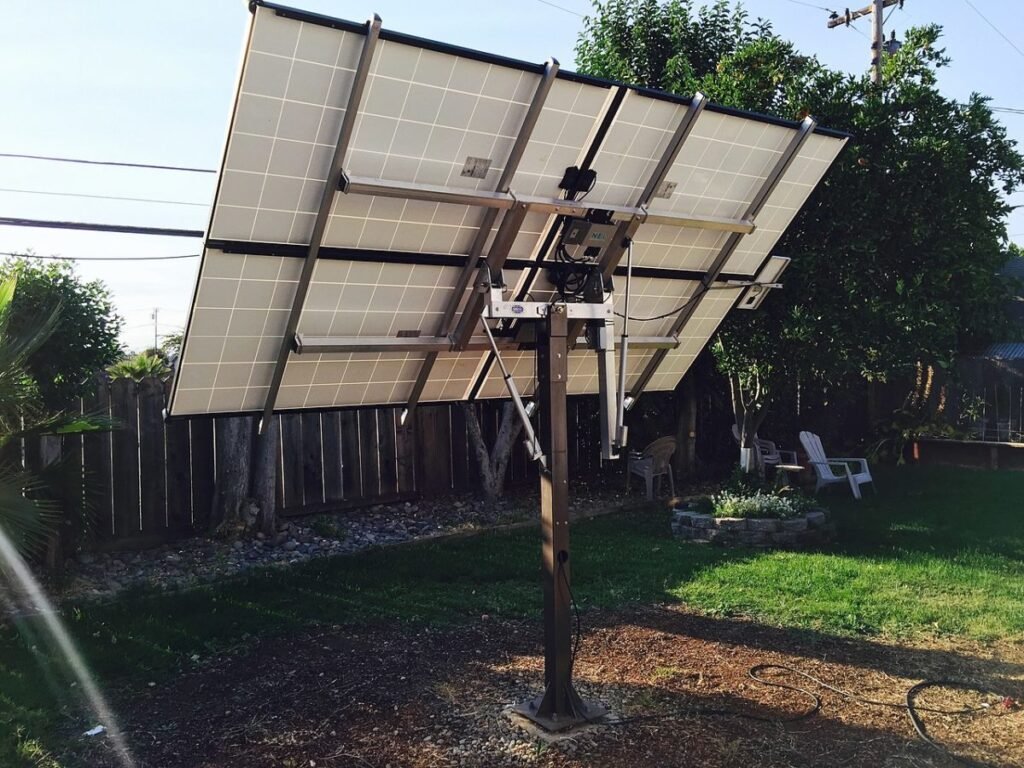
In the relentless pursuit of optimizing solar energy efficiency, a new breakthrough has emerged: the dual-axis solar tracker based on ultraviolet (UV) and Micro-Electro-Mechanical Systems (MEMS) sensors. This cutting-edge technology promises to significantly enhance the performance of solar panels, making solar energy a more viable and efficient alternative to traditional energy sources.
Traditional solar panels are typically stationary, limiting their exposure to direct sunlight throughout the day. While single-axis trackers allow panels to follow the sun’s path from east to west, dual-axis trackers add an additional dimension, adjusting the panels vertically to capture maximum sunlight from sunrise to sunset. The introduction of UV and MEMS sensors into this system takes precision and efficiency to a whole new level.
UV sensors are highly sensitive to the ultraviolet spectrum of sunlight, which is consistent and reliable regardless of weather conditions. By integrating UV sensors, the dual-axis solar tracker can more accurately detect the sun’s position, even on cloudy or hazy days. This ensures that the solar panels are always positioned for optimal energy absorption.
MEMS sensors are miniature devices that combine mechanical and electrical components at a microscale. These sensors are incredibly accurate and responsive, enabling precise adjustments to the solar panels’ angles. The incorporation of MEMS technology allows for real-time tracking of the sun’s movement, ensuring that the panels are always aligned correctly.
The implementation of dual-axis solar trackers with UV and MEMS sensors is already gaining traction in various parts of the world. Solar farms and large-scale installations are particularly well-suited for this technology, as the increased efficiency can lead to substantial gains in energy production.
In solar farms, where maximizing energy output is crucial, these advanced trackers can make a significant difference. By ensuring that each panel is always positioned for optimal sunlight capture, energy production can be maximized, making solar farms more profitable and sustainable.
For residential and commercial solar installations, the improved efficiency can translate to lower energy bills and a reduced carbon footprint. As the technology becomes more affordable, it is likely to become a standard feature in new solar installations.
The advent of dual-axis solar trackers based on UV and MEMS sensors represents a significant step forward in solar technology. As the world continues to seek sustainable and efficient energy solutions, innovations like this will play a critical role in meeting global energy demands while minimizing environmental impact.
Ongoing research is essential to further refine and enhance this technology. By improving the accuracy and reliability of UV and MEMS sensors, and integrating them into even more sophisticated tracking systems, the potential for energy efficiency can be maximized.
As awareness of the benefits of dual-axis trackers with UV and MEMS sensors grows, broader adoption is expected. Government incentives and policies promoting renewable energy can also drive the implementation of this advanced technology.
The dual-axis solar tracker based on UV and MEMS sensors is a game-changer in the field of solar energy. By harnessing the full potential of the sun’s power, this innovative technology promises to make solar energy more efficient, reliable, and cost-effective. As we move towards a greener future, such advancements will be crucial in our efforts to combat climate change and achieve sustainable energy goals.